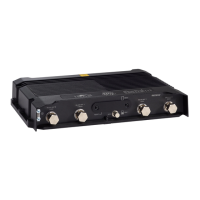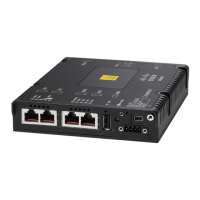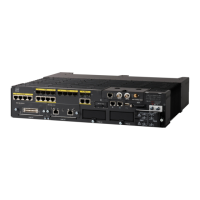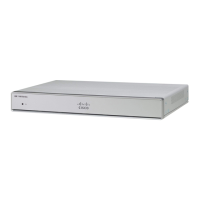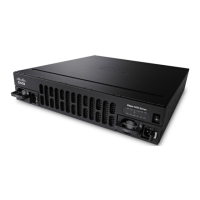1—Power connector captive screws
On the power and alarm connector,
insert the exposed part of the
positive wire into the connection
labeled "V" and the exposed part
of the return wire into the
connection labeled "RT". Make
sure that you cannot see any wire
lead. Only wire with insulation
should extend from the connector.
NOTE: Use the same method for
wiring the alarm connections.
6.
Use a ratcheting torque flathead
screwdriver to torque the power
connector captive screws (above
the installed wire leads) to 2 in-lb
(0.23 N-m).
7.
Connect the other end of the
positive wire to the positive
terminal on the DC power source,
and connect the other end of the
return wire to the return terminal
on the DC power source.Connect
the other end of the Alarm wires to
your alarm source.
8.
Serial Port Cable
One of the more common causes for tech support calls to Cisco is improper pinouts for serial port cables. This
section will describe the different components that make up the serial cabling for the IoT routers.
Note: The most common type of serial connector found is the DB9. That will be the focus for this section.
One of the popular ways to build a serial cable is through the use of a RJ-45 to DB9 adapter. These adapters
can be ordered from numerous sources Online, or purchased in electronics stores. They typically come as a
fixed RJ-45 female connector with loose wires, which can be inserted into a DB9 connector to match the
pinouts that you need. See Figure 43: RJ-45 to DB9 Adapter, on page 70.
IR1101 Industrial Integrated Services Router Hardware Installation Guide
69
Connecting the Router
Serial Port Cable
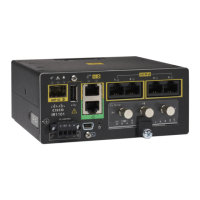
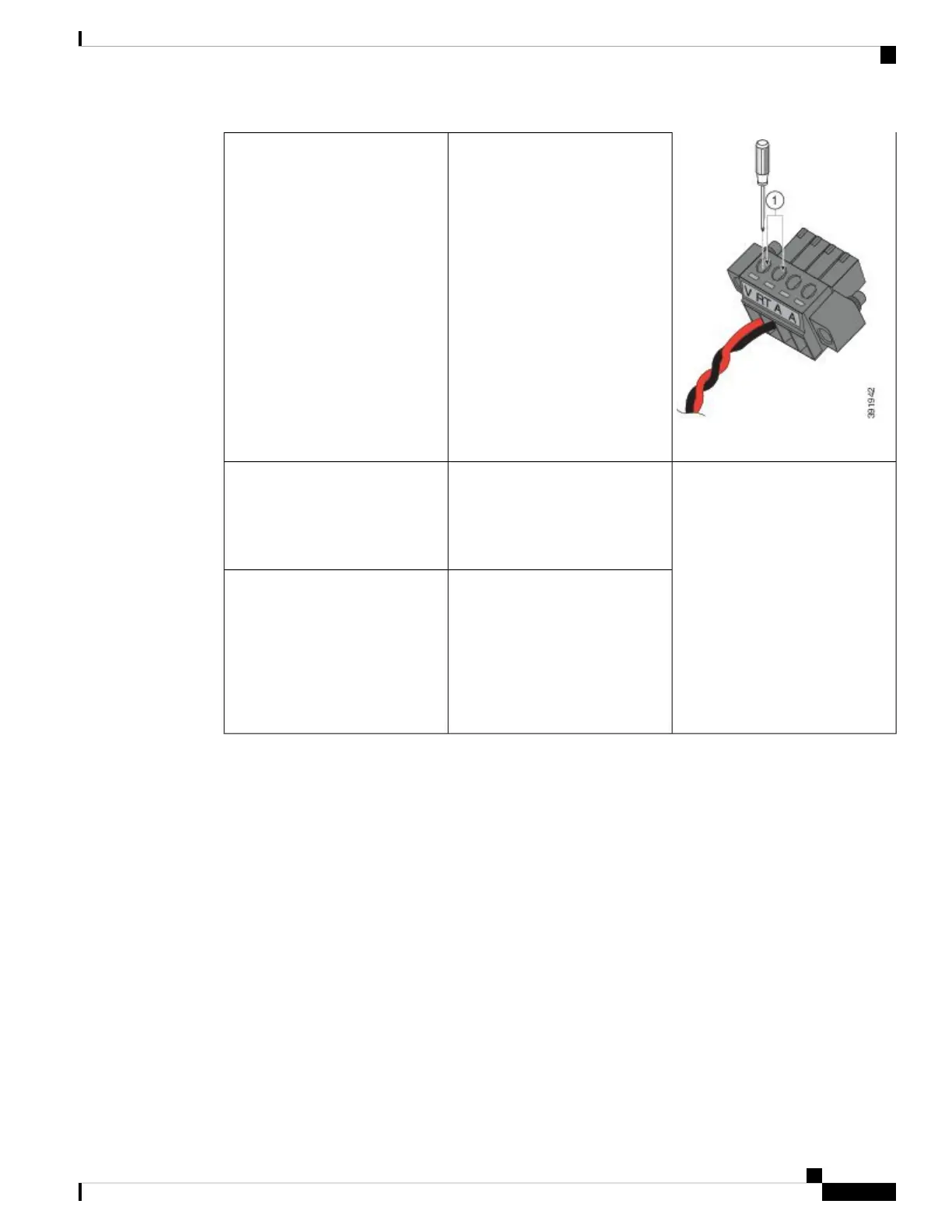